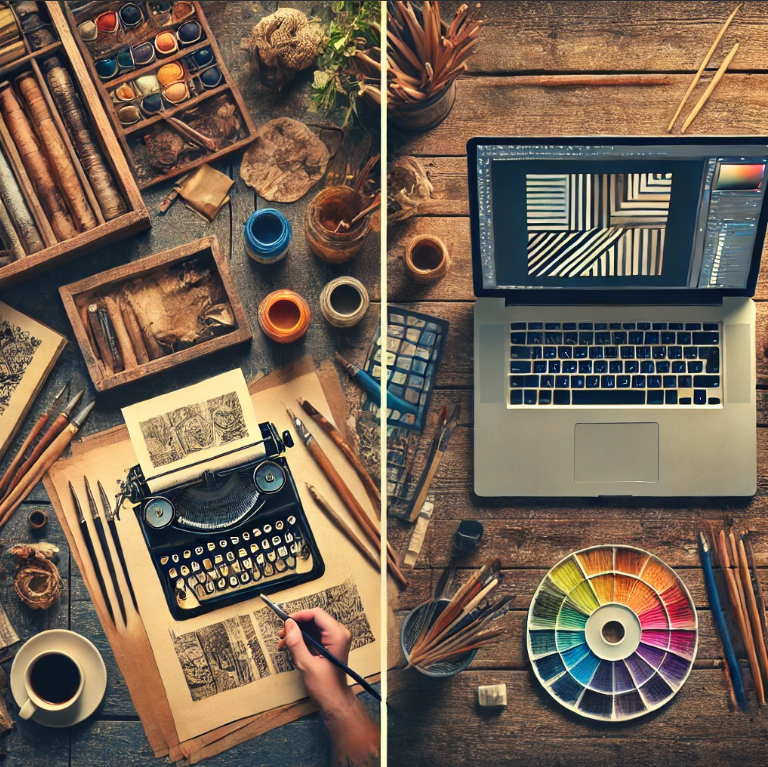In web design, it’s important to balance creativity with usability. A website might look amazing, but if it’s hard to use, visitors will leave. You want a site that not only catches attention but also works smoothly for users. In this blog, we’ll explore how to make sure your design is both eye-catching and easy to use.
Start by Understanding Your Users
The first step to good web design is knowing your audience. This means understanding what your users need and how they behave online. You can do this by conducting user research and creating user personas to get a clear picture of your target audience. This will help guide your design choices.
For example, if you’re building a website for busy professionals, your design should focus on making it easy for them to find what they need quickly. While creativity is important, it should serve a purpose. Avoid adding too many decorative elements that could slow down their experience.
Many websites make the mistake of adding videos to the hero section (the main part of the homepage) that look cool but don’t explain what the site is about. These videos can distract users and make it harder for them to understand the site’s value. If your video doesn’t directly help users, it might be better to leave it out.
Test and Improve Your Design
Once you understand your users, you should start testing your design ideas. Create prototypes—simple versions of your website—and test them with real users. This allows you to get feedback and make improvements early on, before you invest too much time or money in a design that might not work.
Sometimes, designers add too many graphics or animations that look great but distract users from the main goal. It’s easy to overwhelm visitors with too much visual clutter. Instead of focusing just on making graphics look good, ask yourself: does this help users understand the value of the site? If the answer is no, consider simplifying your design.
Keep It Simple and Consistent
One of the best ways to make your website user-friendly is to keep things simple and consistent. People like clear navigation and easy-to-read layouts. Clean designs, where everything has its place, are often the most effective. Avoid clutter, and make sure your color schemes, fonts, and buttons are consistent throughout the site. This helps users feel comfortable and makes it easier for them to find what they need.
When it comes to graphics, remember: it’s not just about making the site look good. It’s about making sure users understand your message. Too many visual elements can confuse visitors and take away from the main point of the site. Always focus on communicating your message clearly.
Focus on the User Experience
Always put your users first. User-friendly design means thinking about what’s best for your visitors. Features like mobile responsiveness, clear call-to-action buttons, and fast loading times all make a big difference. Test your site regularly and gather feedback from users to make sure it’s meeting their needs. Keep improving it based on what works best for them.
Conclusion: Find the Right Balance
Balancing creativity and usability is key to a successful website. Your design should be both attractive and easy to use. By understanding your users, testing your ideas, and keeping things simple and user-focused, you’ll create a website that not only looks great but also works well for your visitors. In the end, the best designs are the ones that help users achieve their goals easily. Stay tuned for other web design lessons.
